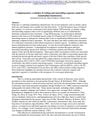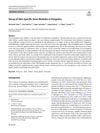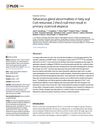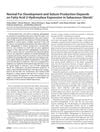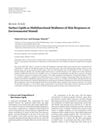Convergent Decay of Skin-Specific Gene Modules in Pangolins
December 2022
in “
bioRxiv (Cold Spring Harbor Laboratory)
”
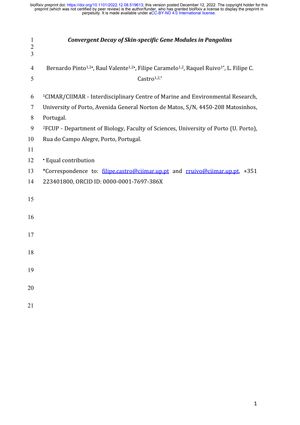
TLDR Pangolins have lost some skin-related genes, but kept others, showing complex skin evolution.
The study investigates the genetic basis for skin adaptations in pangolins by analyzing four pangolin genomes. It finds that genes related to sebum production, specifically those involved in wax monoester and triacylglycerol synthesis, show patterns of inactivation in pangolins, with some genes independently eroded in the African and Asian clades. However, the gene Elovl3, important for skin barrier function, remains intact and active. Additionally, genes associated with skin pathogen defense and keratinocyte layer integrity exhibit inactivating mutations, suggesting a complex history of gene retention and loss in mammalian skin evolution. Contrary to what is seen in cetaceans, the gene Abcc11, which is linked to sweat gland function, is not inactivated in pangolins, indicating that the absence of sweat glands in pangolins may not be due to genetic inactivation. This research highlights the intricate evolutionary processes that have shaped the unique skin features of mammals like pangolins.
